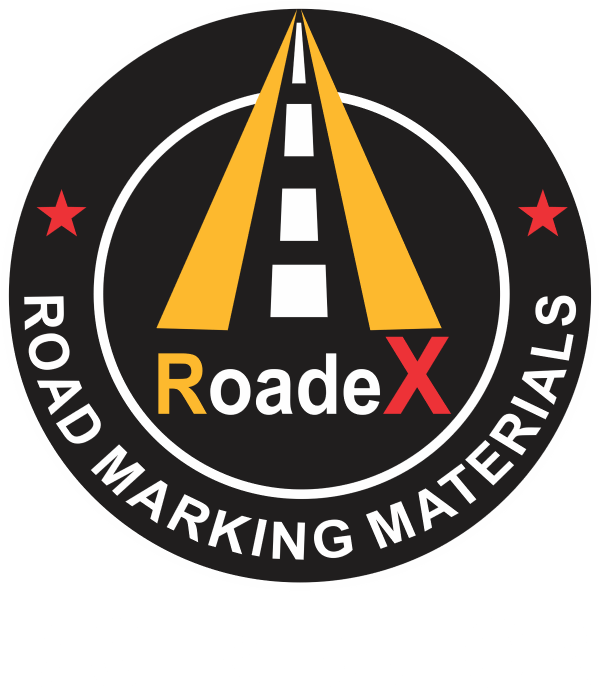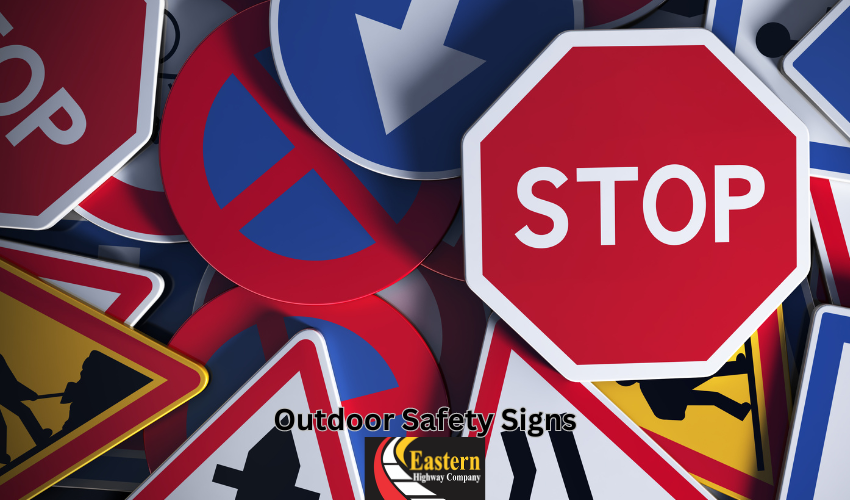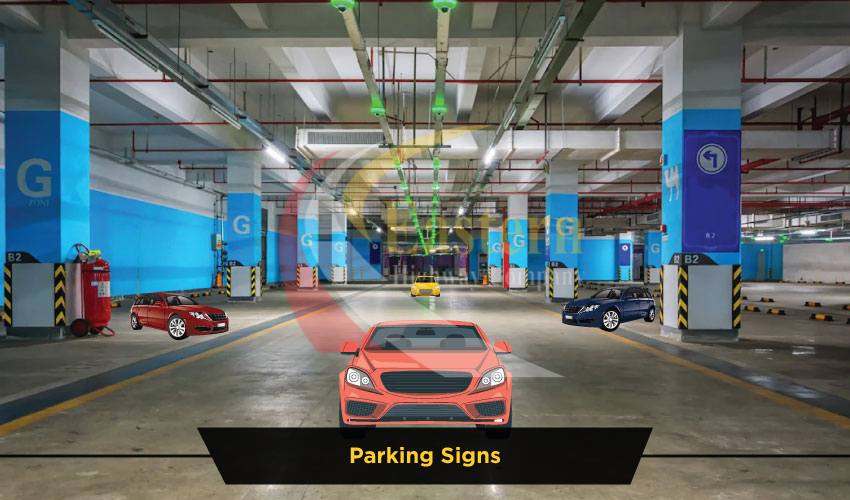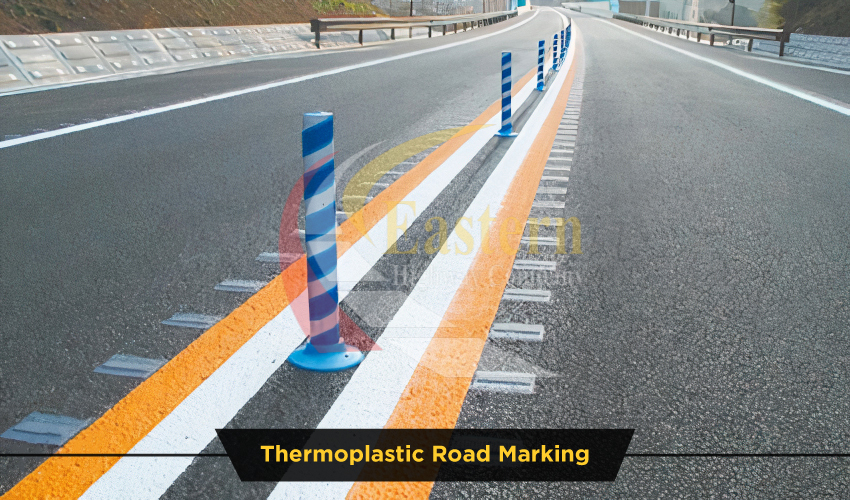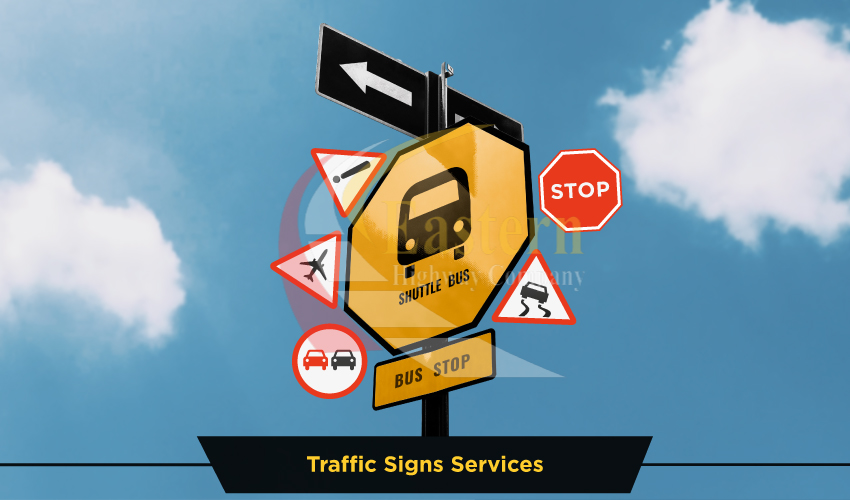The need for custom outdoor safety signs has become important in our environment. As we know, outdoor environments can present numerous hazards that pose significant risks to public safety. These risks can lead to accidents, injuries, or even fatalities without clear and effective communication signs.
Imagine navigating a construction site, a busy roadway, or a public park without any warning signs or safety instructions. The lack of clear guidance in these environments can result in confusion, unsafe practices, and preventable incidents.
This is why custom outdoor safety signs are essential tools designed to mitigate these risks. They provide clear, visual warnings and instructions that help prevent accidents and promote safe behavior.
What are Custom Outdoor Safety Signs?
Custom Outdoor safety signs are specially designed visual indicators used to communicate important safety information in outdoor environments. These signs play a crucial role in safety like:
- Preventing accidents
- Guiding behavior
- Ensuring compliance with safety regulations across a variety of settings.
Their primary function is to convey clear, concise messages that help people safely navigate potentially hazardous areas.
Safety is a paramount concern in our everyday lives, especially in environments where hazards are prevalent. Outdoor safety signs in such areas play a crucial role in maintaining this safety by providing clear, visual cues that help prevent accidents and guide behavior.
These signs are more than just simple markers and communicate vital information that ensures the well-being of individuals in various outdoor settings.
The Types of Custom Outdoor Safety Signs
The Custom Outdoor safety signs are different from the indoor safety signs. They are essential for communicating important safety messages and preventing accidents. These sign boards come in various types, each serving a specific purpose.
Below are the different types of outdoor safety signs and their roles:
- Warning Signs
These signs are used to alert people to potential hazards or dangerous conditions.
Examples: “Caution: Wet Floor,” “Warning: High Voltage,” “Slippery When Wet.”
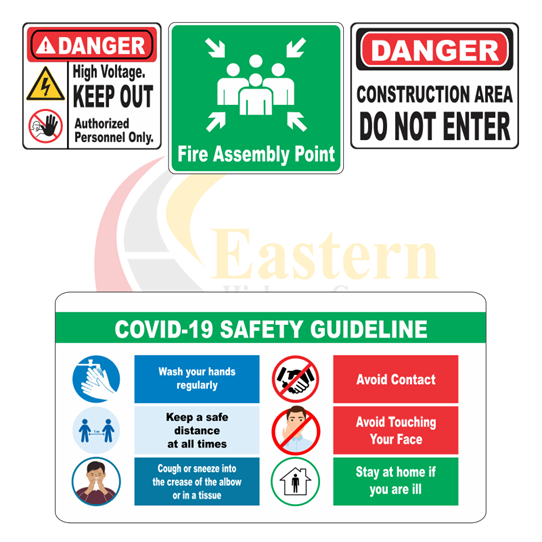
- Fire Safety Signs
The purpose of fire safety signs indicate the location of firefighting equipment and provide fire safety instructions.
Examples: “Fire Extinguisher,” “Fire Hose Reel,” “Fire Alarm Call Point.”
- Prohibition Signs
Prohibition signs indicate actions or behaviors that are not allowed.
Examples: “No Smoking,” “No Trespassing,” “No Entry.”
- Emergency Signs
Emergency signs provide information about emergency procedures and equipment.
Examples: “First Aid Station,” “Emergency Exit,” and “Assembly Point.”
- Mandatory Signs
These signs inform people about actions that must be taken to ensure safety.
Examples: “Wear Safety Goggles,” “Hard Hats Must Be Worn,” “Use Handrails.”
- Exit Signage
It indicates the location of exits and evacuation routes.
Examples: “Exit,” “Emergency Exit,” “This Way to Safety.”
- Hazard Signs
Warn about specific hazards in the area.
Examples: “Biohazard,” “Explosive,” and “Radiation.”
- Road Signs
Regulate vehicle and pedestrian traffic, ensuring safe movement in and around outdoor areas.
Examples: “Stop,” “Yield,” “Speed Limit 30 mph,” “Pedestrian Crossing.”

- Safety Signage
Provide general safety information and instructions.
Examples: “Keep Out,” “Authorized Personnel Only,” “Safety First.”
- Construction Signs
Warn about construction activities and indicate safety measures in construction zones.
Examples: “Construction Ahead,” “Detour,” “Work Zone.”
- Fire Assembly Signs
Indicate the location of fire assembly points.
Examples: “Fire Assembly Point A,” “Meeting Point,” “Evacuation Assembly Area.”
- Forestry Signs
Provide information and warnings specific to forested areas.
Examples: “No Campfires,” “Wildlife Area,” “Logging Operations.”
- Pedestrian Signs
Guide and protect pedestrians in outdoor areas.
Examples: “Pedestrian Crossing,” “Walk,” “Do Not Enter.”
- Admittance Signs
Control access to certain areas, indicating who is allowed entry.
Examples: “No Admittance,” “Authorized Personnel Only,” “Restricted Area.”
- Chemical Warning Signs
Warn about the presence of hazardous chemicals.
Examples: “Chemical Storage,” “Toxic Chemicals,” “Corrosive Materials.”
- Danger Vehicles Reversing Signs
Warn about vehicles that may be reversing in the area.
Examples: “Danger: Vehicles Reversing,” “Caution: Reversing Vehicles,” “Look Out for Reversing Trucks.”
- Forklift Truck Signs
Warn about the presence and operation of forklift trucks.
Examples: “Forklift Trucks Operating,” “Caution: Forklift Crossing,” “Forklift Zone.”
- Hazard Symbols
Indicate specific hazards through standardized symbols.
Examples: Biohazard, Explosive, Flammable, Toxic.
- First Aid Signs
Indicate the location of first aid facilities and equipment.
Examples: “First Aid Kit,” “First Aid Station,” “AED (Automated External Defibrillator).”
- Biological Hazard Signs
Warn about the presence of biological hazards.
Examples: “Biohazard Area,” “Infectious Waste,” “Biological Risk.”
- Explosive Signs
Warn about explosive materials or conditions.
Examples: “Explosives,” “Blasting Area,” “No Smoking or Open Flames.”
- Notice Signs
Provide important information and instructions.
Examples: “Notice: Keep Door Closed,” “Notice: Security Cameras in Use,” “Notice: No Parking.”
- High Voltage Signs
Warn about high-voltage areas and equipment.
Examples: “High Voltage,” “Danger: High Voltage,” “Keep Out: High Voltage Area.”
Importance of Outdoor Safety Signs
Outdoor safety signs are important in maintaining the safety of different sites and traffic areas. Here’s how these signs prove important:
- Prevent accidents by providing clear warnings and instructions, these signs help mitigate risks and prevent accidents.
- Guiding behavior by informing people about the necessary actions to take in order to stay safe, such as wearing helmets or avoiding certain areas.
- Enhance safety awareness as these signs promote a culture of safety by continuously reminding individuals of potential hazards and safe practices.
- Outdoor signs are compliant with regulation ensuring that safety measures meet legal standards help protect organizations from liability and also ensure the well-being of employees and the public.
Features of Custom Outdoor Safety Signs
Outdoor safety signs are known for the following features:
Durability
High-quality outdoor safety signs are typically made from strong materials like aluminium and 3M traffic sign materials. These materials are durable and ensure to withstand harsh weather conditions. These designs are also designed to last for years, maintaining their visibility and legibility even after prolonged exposure to sun, rain, wind, and other elements.
Visibility
Outdoor safety signs use high-contrast colors and reflective materials to ensure they are easily seen, even in low-light conditions. For areas requiring heightened visibility, such as construction zones and school crossings, fluorescent signs add an extra layer of conspicuity.
Customizability
Many outdoor safety signs can be customized with specific text to address particular hazards or instructions relevant to the location. Businesses can use custom templates to create signs that meet their unique safety needs.
Variety
A wide range of in-stock safety signs are available, covering common safety messages and warnings. There are also specialized signs for specific environments, such as vandal-resistant signs for urban areas or signs designed for extreme weather conditions.
Applications of Custom Outdoor Safety Signs
Custom Outdoor safety signs are applied at the following spots:
Construction Sites
At construction sites, these signs indicate potential dangers like falling debris, heavy machinery, and restricted areas. Outdoor safety signs can also provide safety instructions like directing workers to wear protective gear, follow safety procedures, and maintain safe practices.
Public Spaces
These include regulatory signs that inform the public about rules and regulations, such as “No Littering” or “No Ball Games Allowed.”
Moreover, directional signs guide people to safe pathways, exits, and facilities like restrooms or first aid stations.
Residential Areas
In residential areas, these signs help to maintain order and safety, such as signs indicating “Children at Play” or “No Trespassing.”
Work Zones
Used to manage traffic and alert drivers and pedestrians to changing conditions in work zones.
At some points, fluorescent signs are also used to highlight urgent safety messages to enhance awareness and caution.
Educational Institutions
At educational institutes, the outdoor safety signs are used as safety reminders to remind students and staff of safety protocols, such as “Walk Your Bike” or “Use Crosswalk.”
To conclude, outdoor safety signs are essential tools for maintaining safety, preventing accidents, and guiding behavior in various environments. Ensuring these signs are clear, visible, and durable can significantly enhance public safety and compliance with regulations.
For high-quality, durable outdoor safety signs that meet your specific needs, visit Eastern Highway today and explore our extensive range of customizable options. Keep your environment safe and well-marked with our reliable signage solutions. Shop Now at Eastern Highway!




